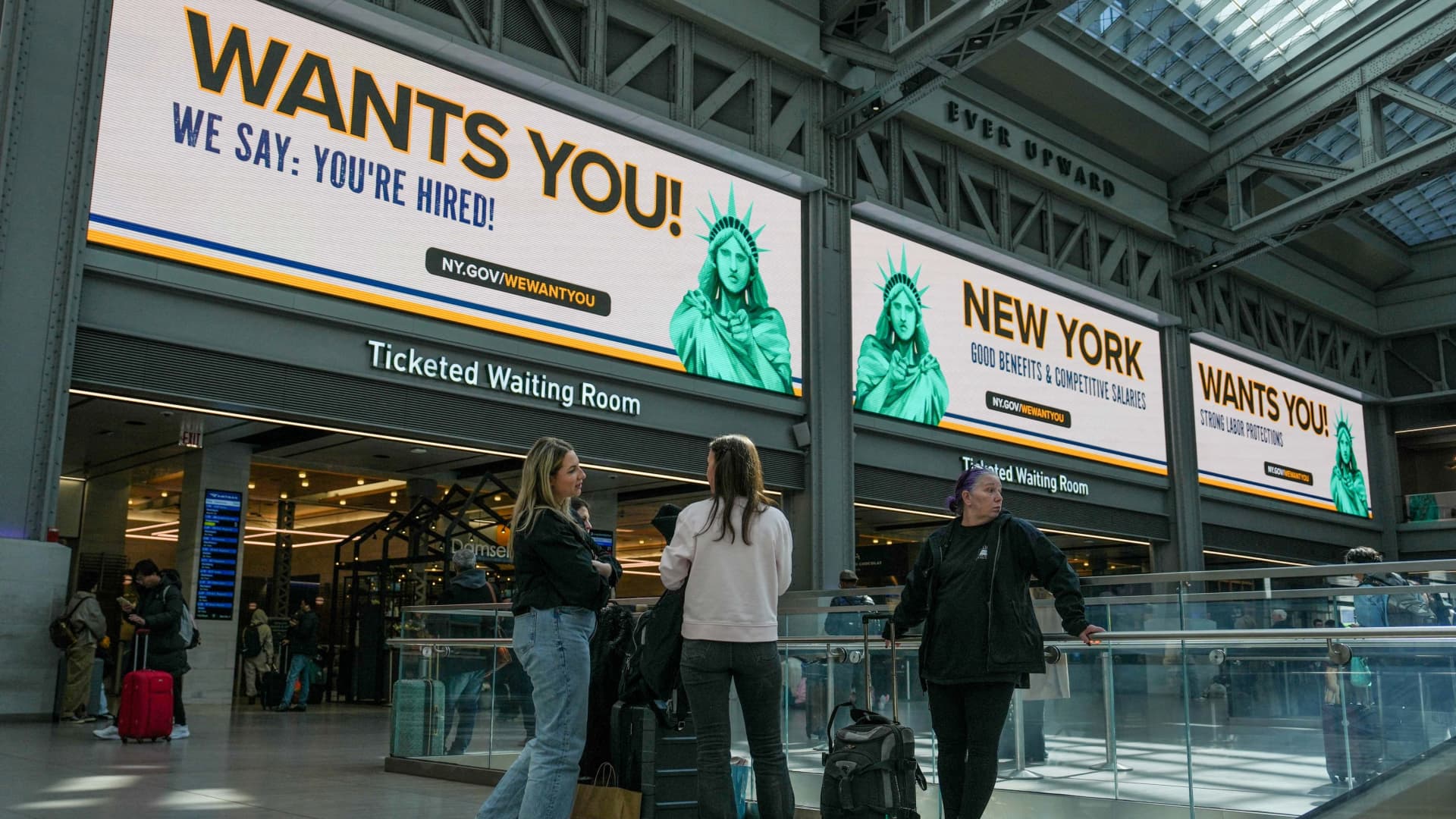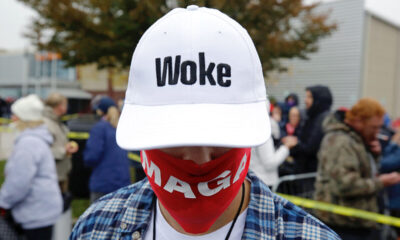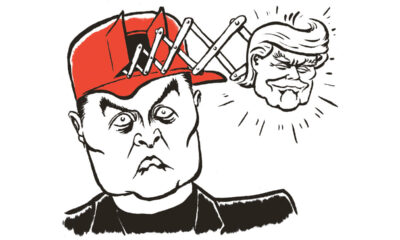Mixed signals lately from the labor market are adding to angst for investors already on a knife’s edge over the potential threat that tariffs pose to inflation and economic growth.
Depending on the perspective, employers either are cutting workers at the highest rate in years or skating by with current staffing levels.
What has become clear is that workers are increasingly uncertain of their employment status and less prone to seek other opportunities, at the same time as job hunters are reporting it harder to find new positions, according to several recent surveys.
The sentiment indicators counter otherwise solid numbers showing up in more traditional data points like nonfarm payrolls growth and the jobless rate, which is still at a level historically associated with full employment and a bustling labor market.
Sound fundamentals
“Fundamentally speaking, things are still relatively sound in the United States. That doesn’t mean there are no cracks,” said Tom Porcelli, chief U.S. economist at PGIM Fixed Income. “You can just whistle past that and just hang your hat on the payrolls report, or recognize that the payrolls report is a lagging indicator and some of those other indicators that give you a better flavor of what’s happening under the surface are looking softer by comparison.”
Markets will get another snapshot of labor market health when the Labor Department’s Bureau of Labor Statistics releases its February nonfarm payrolls report Friday at 8:30 ET. Economists surveyed by Dow Jones expect growth of 170,000 jobs, up from 143,000 in January, with the unemployment rate holding steady at 4%.
While that represents a stable labor market, there are a number of caveats that point to more difficult times ahead.
Outplacement firm Challenger, Gray & Christmas reported Thursday that layoff announcements from companies soared in February to their highest monthly level since July 2020. A big reason for that move was the effort by Elon Musk’s Department of Government Efficiency to cull the federal workforce. Challenger reported more than 62,000 DOGE-related cuts.
DOGE actions as well as other labor survey indicators showing worker angst likely won’t be reflected in Friday’s jobs number, primarily due to the timing of the cuts and the methodology the BLS uses in its twin counts of household employment and jobs filled at the establishment level.
Consumer confidence drop
But a recent Conference Board report showed an unexpectedly large drop in consumer confidence that coincided with a spike in respondents expecting fewer jobs to be available as well as harder to get. Similarly, a University of Michigan’s survey saw a slide as respondents worried about inflation.
In the world of economics, such fears can quickly become self-fulfilling prophecy.
“If workers don’t feel confident that they’re going to be able to find a new job … then that’s going to be reflected in the economy, and the same in terms for how willing employers are to hire,” said Allison Shrivastava, economist at the Indeed Hiring Lab. “Don’t ever discount sentiment.”
In recent days, economists have been ramping up the potential impact for DOGE cuts, with some saying that multiplier effects involving government contractors could take the total labor force reduction to half a million or more.
“They’re going to have some trouble being reabsorbed into the economy,” Shrivastava said. “It also does shake people’s confidence and sentiment, which can certainly impact the actual economy.”
For now, Goldman Sachs said the DOGE cuts probably will lower the headline payrolls number by just 10,000 or so and exepcts weather-related impacts to be small. Overall, the bank said the current picture, according to alternative figures, is one of “a firm pace of job creation, and we expect continued, albeit moderating, contributions from catch-up hiring and the recent surge in immigration.”
In addition to the employment numbers, the BLS will release figures on pay growth. Average hourly earnings are expected to show a 0.3% monthly gain, up 4.2% from a year ago and about 0.1 percentage point above the January level.

 Economics1 week ago
Economics1 week ago
 Economics1 week ago
Economics1 week ago
 Economics6 days ago
Economics6 days ago
 Finance1 week ago
Finance1 week ago
 Economics1 week ago
Economics1 week ago
 Blog Post7 days ago
Blog Post7 days ago
 Personal Finance6 days ago
Personal Finance6 days ago
 Economics1 week ago
Economics1 week ago






















